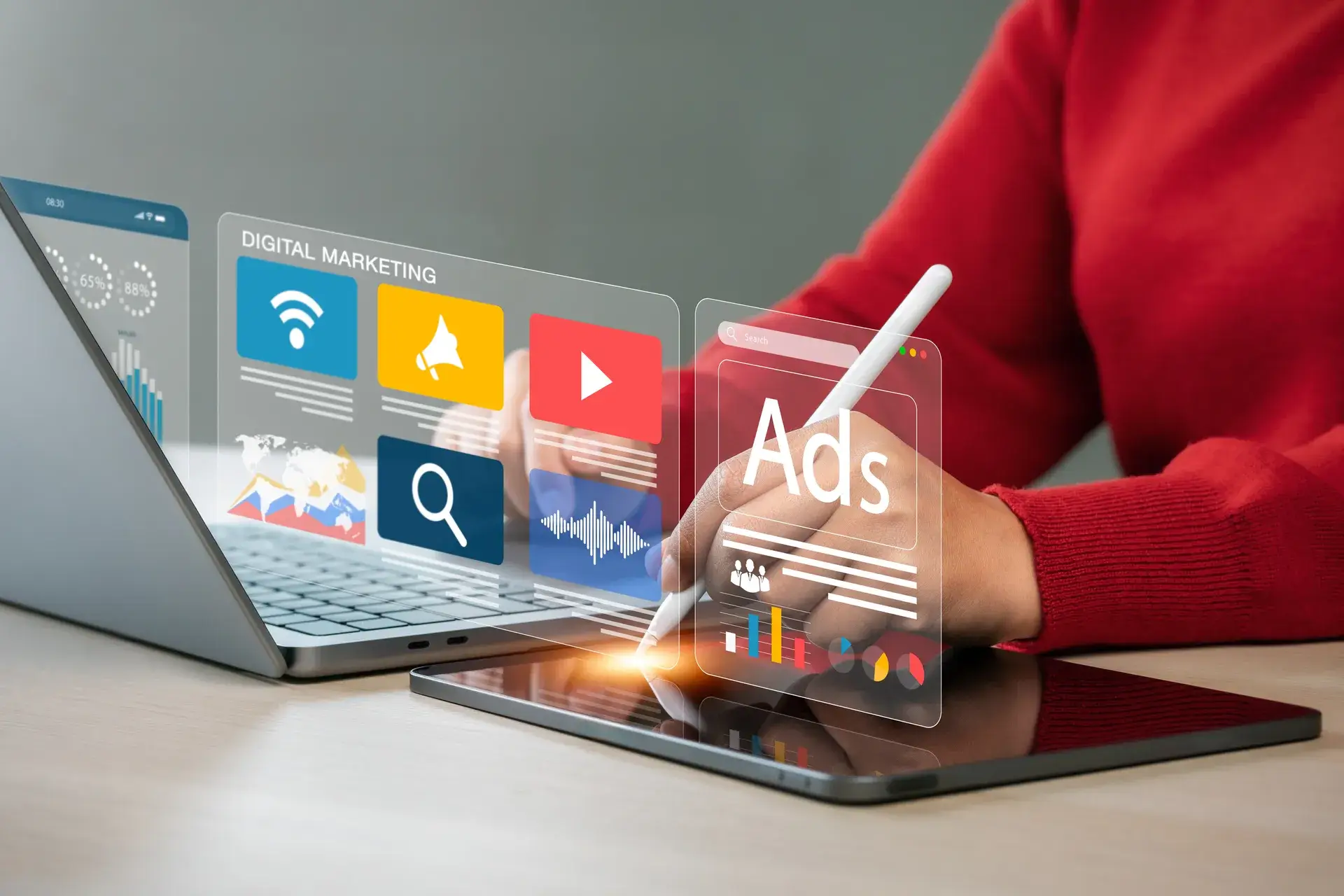In today’s competitive digital landscape, personalization in mobile marketing is not just a trend; it's a necessity. As consumers increasingly rely on their mobile devices for information and shopping, brands must adapt their marketing strategies to cater to individual preferences and behaviors. This blog post explores the significance of personalization in mobile marketing, outlines effective strategies, and provides insights on how to implement these techniques successfully.
Why Personalization is Essential in Mobile Marketing
Mobile devices have transformed the way consumers engage with brands. Personalization enhances user experience, increases engagement rates, and improves conversion rates. According to research, 80% of consumers are more likely to make a purchase when brands offer personalized experiences. Here are some key reasons why personalization is essential:
- Improved Customer Experience: Personalized content resonates with users, making them feel valued.
- Higher Engagement: Tailored messages capture attention and encourage interaction.
- Increased Conversion Rates: Personalization can significantly boost sales by meeting consumer needs directly.
Effective Strategies for Personalizing Mobile Marketing
Implementing personalization in mobile marketing involves various strategies. Here are some effective methods:
1. Utilize Behavioral Data
Gathering data on user behavior is crucial for personalization. Track user interactions with your app or website to understand their preferences and habits. This data can inform targeted messaging and product recommendations.
2. Leverage Location-Based Marketing
Mobile devices provide the unique opportunity to use location data for personalized marketing. Send offers, discounts, or information based on the user's geographic location. For instance, a retail store can notify nearby customers of a flash sale.
3. Segment Your Audience
Not all customers have the same needs. Segmenting your audience based on demographics, interests, and behaviors enables you to create targeted campaigns that reflect each group’s unique preferences.
4. Personalize Communication Channels
Use various channels like push notifications, SMS, and in-app messages to reach your audience. Tailor these communications to individual preferences and behaviors for a more engaging experience.
5. Test and Optimize
Regularly A/B test your personalized campaigns to determine what resonates best with your audience. Analyze the results and optimize your strategy accordingly for maximum effectiveness.
Conclusion
Personalization in mobile marketing is a powerful tool that significantly enhances user engagement and drives conversions. By utilizing behavioral data, incorporating location-based marketing, segmenting your audience, personalizing communication channels, and continually testing your strategies, you can create a more tailored experience that resonates with your customers. At Prebo Digital, we specialize in helping brands leverage personalization to improve their mobile marketing efforts. Ready to enhance your mobile marketing strategy? Contact us today for a consultation!














